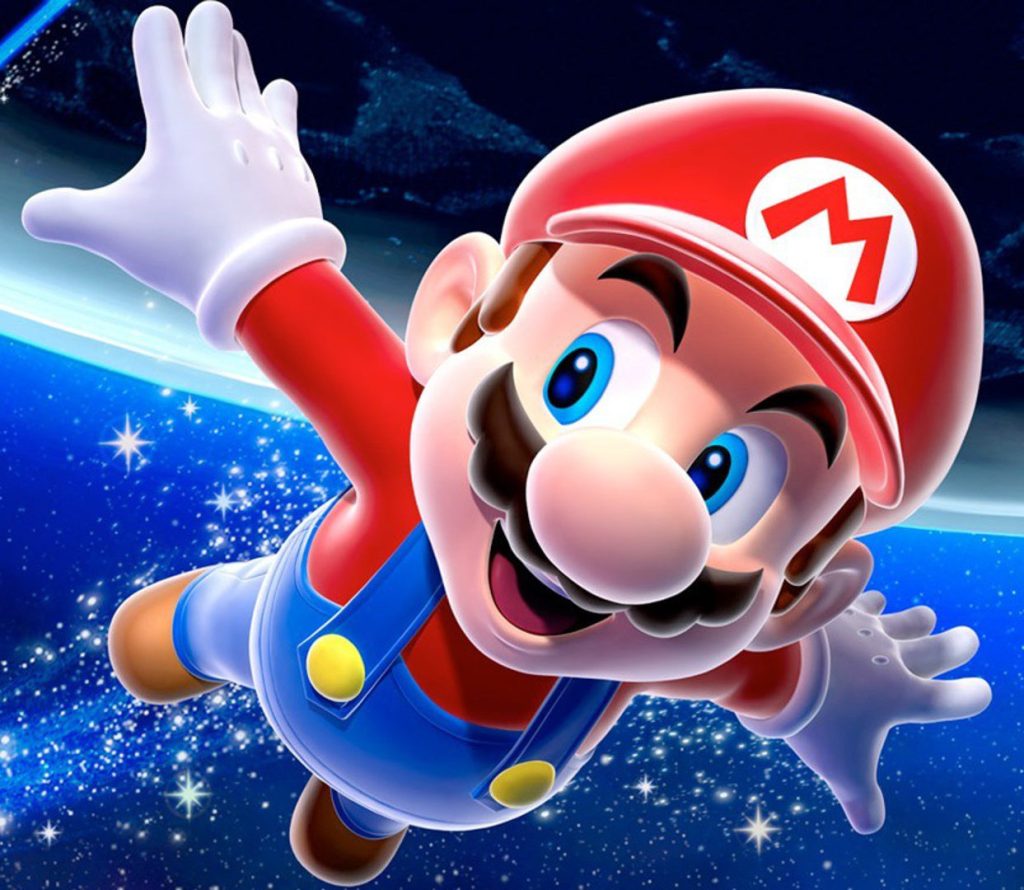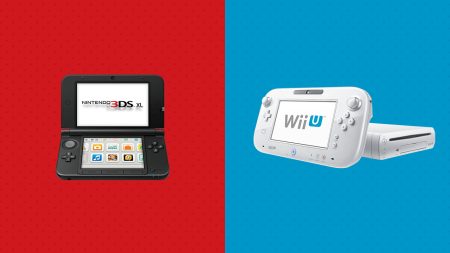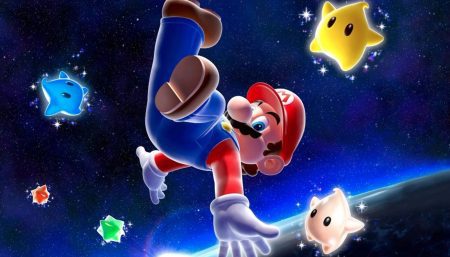Revisiting One of Mario’s Greatest Adventures
Everyone is enjoying Mario’s latest excursion (you can read David Silbert’s excellent Super Mario Odyssey review here), and they should be! Super Mario Odyssey is a marvel in open-world game design, presenting players with environments that are teeming with fun surprises hidden in every nook and cranny. As great as it is, however, its release overshadows the ten-year anniversary of what I believe was an even greater leap for the Big N’s mustachioed plumber: Super Mario Galaxy, the true G.O.A.T. of 3D platformers.
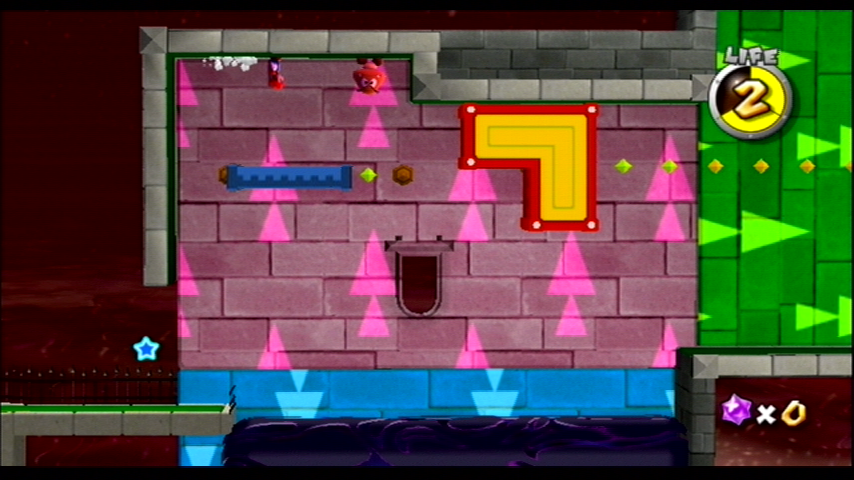
The Skinny On Galaxy
Released a decade ago this month, Super Mario Galaxy basically remains as delightful and awe-inspiring as ever. In this iteration of the legendary franchise, which launched on the Wii and inspired a great sequel on the same console, Mario must save Princess Peach from Bowser (again), who has taken her to outer space. From there, Mario enlists help from a race of star-beings (the Lumas) and their adoptive mother Rosalina to rescue the princess. Mario must collect Power Stars in order to get to Bowser, and the red-and-blue dressed hero must perform a series of galaxy-dependent tasks to do so.
While the story doesn’t exactly stand out from the rest of the series, players notice the differences between Galaxy and the average 3D platformer as soon as they step on solid ground: each galaxy is a collection of miniature planets, and each planet has its own unique features, including varying obstacles, enemies, and even gravitational pulls. Mario is able to traverse each planet with the help of the Lumas, who launch him to new planets farther and farther away.
While some of the galaxies have largely generic, Mario-like features (e.g. a sand world, a water world, a volcano world), others explore (what used to be) totally new concepts, such as a planet where everything is made out of cookies and a galaxy where everything is a child’s toy come to life. Each planet teems with color and vivacity, and the world design is as polished as you would expect from a flagship Nintendo game.
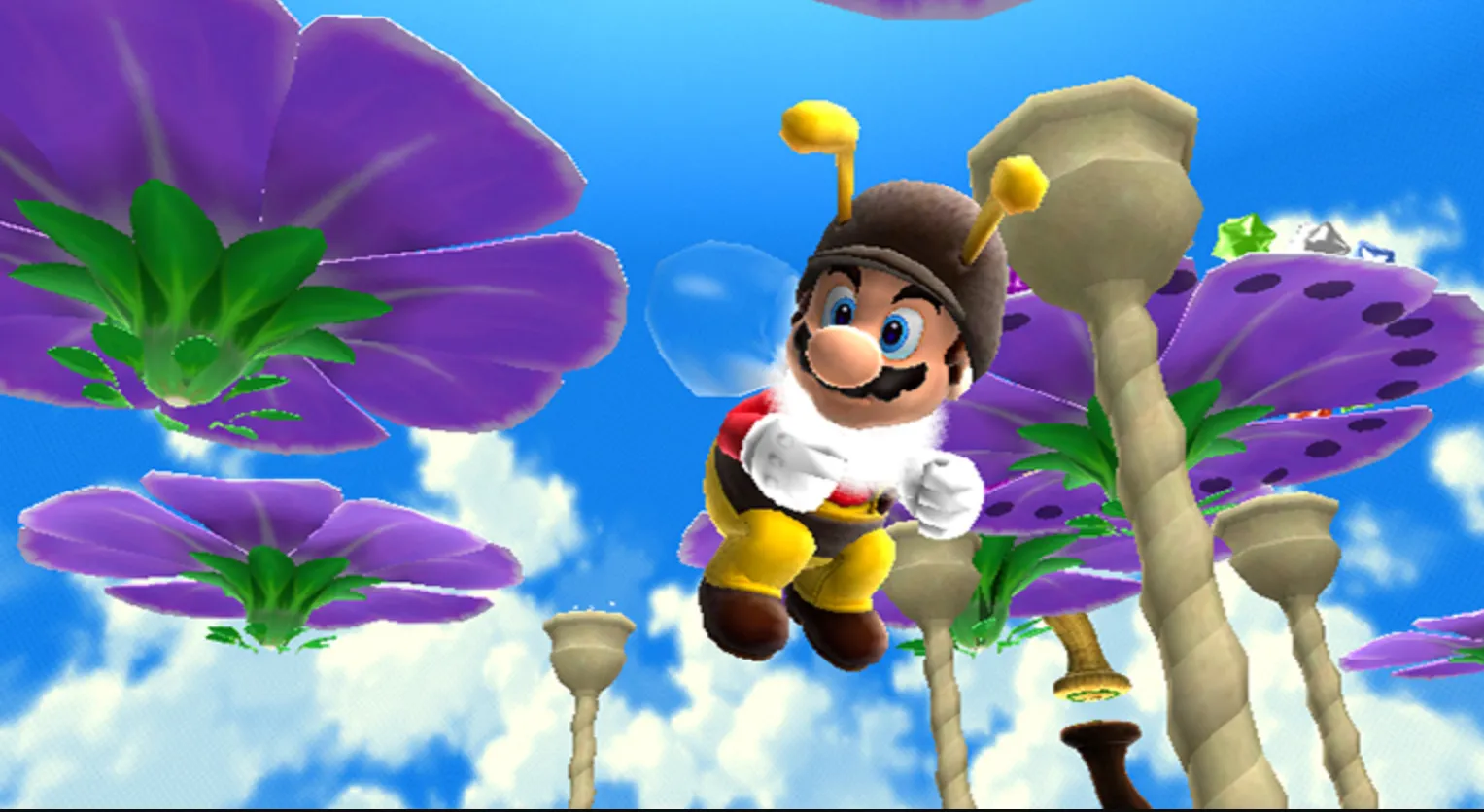
In addition, since this is a Wii game after all, the game incorporates motion controls in a handful of ways. The player can waggle the Wiimote to get Mario to spin on screen as part of an attack or as a way to extend a jump or leap. Waggling the controller when touching a star will launch Mario onto a high-speed pathway towards his next objective. In addition, Galaxy utilizes a form of currency called Star Bits, which can be used to buy certain items, advance to different pathways, and even serve as bullets you can shoot at enemies by pointing with the controller.
Why Galaxy Was Special Then
2007 was a particularly important year for video games in a number of different ways. Valve’s Portal showed that a three-hour first-person puzzle game could be a Game of the Year contender. Halo 3 marked the end of an era (or so we thought) while Call of Duty 4: Modern Warfare ushered in a new world order for modern first-person shooters. Bioshock challenged pre-conceived notions of video game worldbuilding and spawned a litany of debates over how video games can tell stories. What appeared to be a new era of the medium began to emerge a decade ago, as has also been evidenced by the multitude of franchises that have endured following their 2007 debut, including Assassin’s Creed, Mass Effect, Rock Band, The Witcher, Uncharted, and Crackdown (stop laughing).
It was harder than ever to stand out in 2007, but somehow a decades-old series about a portly plumber collecting stars in space managed to snag multiple GOTY awards that year, including from notable publications such as IGN, GameSpot, Kotaku, and Nintendo Power (obviously). While it didn’t appear to innovate that much relative to many of its peers (apart from the gravity mechanics, it’s pretty much what you’d expect from a Mario game), it was highly lauded for its ingenuity and creativity, and its fluid motion controls further justified the popularity of the Wii, which was the most popular console in the world at the time.
The software lineup of the Xbox 360 and PlayStation 3 largely defined the major trends of the video game industry in the late 2000s, and it was becoming increasingly true that gamers were beginning to favor realism and polish over cartoonish games that defined the late 1990s. Games like Call of Duty, Gears of War, and Assassin’s Creed were becoming the norm for AAA releases. But Mario Galaxy dared to separate itself from that crowd, choosing instead to reach for the stars with an arsenal of bumblebee outfits and Star Bits over chainsaws and sniper rifles.
SMG never intended to show players a universe that looked real, and that was the point. Every frame of this masterpiece stretched the imagination and embraced the strange, with Mario soaring through an array of meticulously crafted planets and star clusters sporting a joyous smile and a face full of wonder.
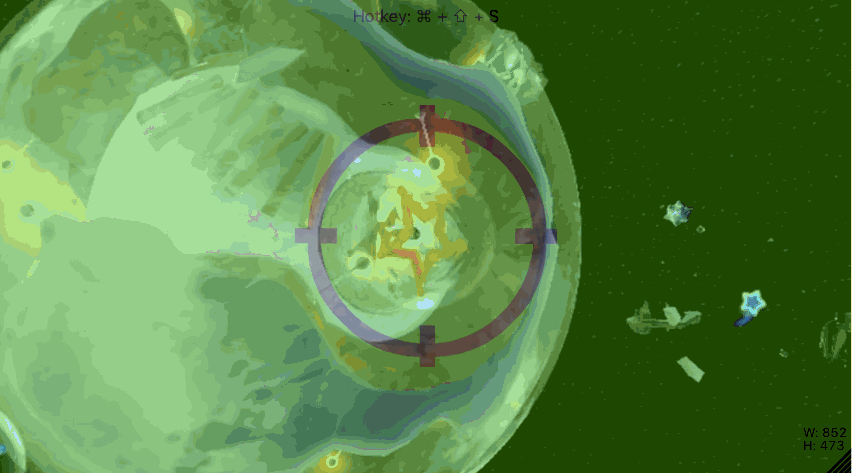
Games can tell stories in ways that no other medium can: through full immersion and control. Super Mario Galaxy gave the players the opportunity to travel through space not to fight off hostile aliens or conquer undiscovered planets, but rather to bask in the great beyond, to soar through bright hues and fantastical excitement. Traveling to each mysterious galaxy was akin to how a child views outer space from their beds, looking blissfully at the stars, wondering what’s out there and assuming that the most exciting discoveries await you. Isn’t that what you want from your games?
Why Galaxy Matters Now
A decade later, Nintendo fans are collecting moons by the hundred in Super Mario Odyssey, an excellent game in its own right that stretches the imagination and tasks players with combing through every inch of the world in search of even more clever discoveries. But while Odyssey is rather insular and dense, Galaxy seemed infinite and vast. Odyssey asks gamers to scour relatively small landscapes for every moon; Galaxy asked them how high they wished to fly.
It’s not like space travel hasn’t been explored since 2007. The Mass Effect series, Elite: Dangerous, Dead Space, Star Citizen, Kerbal Space Program, and even No Man’s Sky attempt to capture the immensity and endlessness of outer space, and all do so in unique (and sometimes particularly smart) ways. None of them, however, present space as much more than its namesake: empty stretches of darkness and stars interspersed with the occasional Starfleet, planet, or asteroid cluster.
Those games use outer space as mainly a path from one point of action to another or as a way of trapping the player in an agoraphobic state, while Mario Galaxy used space to show color and character. And while Mario games often have a little more creative freedom when depicting the goings-on in far away places the way, say, Mass Effect can’t (it would be difficult to depict a serious, epic space opera where a chapter takes place on a planet made of cookies), it saddens me how rarely space is used for anything other than horror, drama, or murderfests. Sometimes, I wish other games would let the player hop joyously from planet to planet while beautiful music plays in the background, and show space as something beautiful and amazing.
Sure, not every game developer makes their art with same kind of exuberance and jocularity that Nintendo does, and not every video game depicts a harsh, depressing hellscape. But I yearn for days where the ingenuity and joy of Super Mario Galaxy was less of a rarity and more of the goal of video game design: to bring us to places we can never go ourselves.
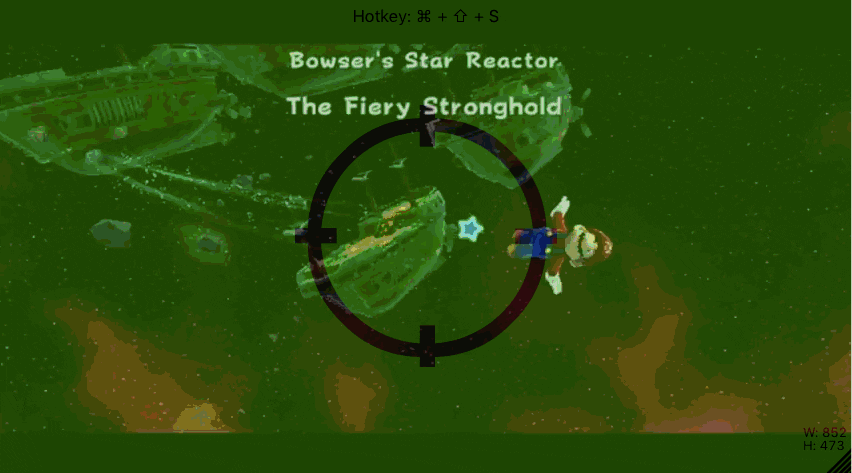
In Conclusion
I firmly believe that Super Mario Galaxy and its sequel will never happen again. Yes, there will be plenty of 3D Mario games in the future, and yes, there will be plenty of games that take advantage of the mechanic of outer space as more than just an ocean in the sky. But the combination of motion controls and artistic valor, along with the major shifts in the games industry at large make something as groundbreaking and unique as Super Mario Galaxy nearly impossible to recreate.
That’s why SMG holds up as well as it does and should remain relevant for years to come: there’s nothing else quite like it, and few even have tried to emulate it. It managed to build upon the most important franchise in the history of the medium and expand its reach farther than ever before.
Sam has been playing video games since his earliest years and has been writing about them since 2016. He’s a big fan of Nintendo games and complaining about The Last of Us Part II. You either agree wholeheartedly with his opinions or despise them. There is no in between.
A lifelong New Yorker, Sam views gaming as far more than a silly little pastime, and hopes though critical analysis and in-depth reviews to better understand the medium's artistic merit.
Twitter: @sam_martinelli.


